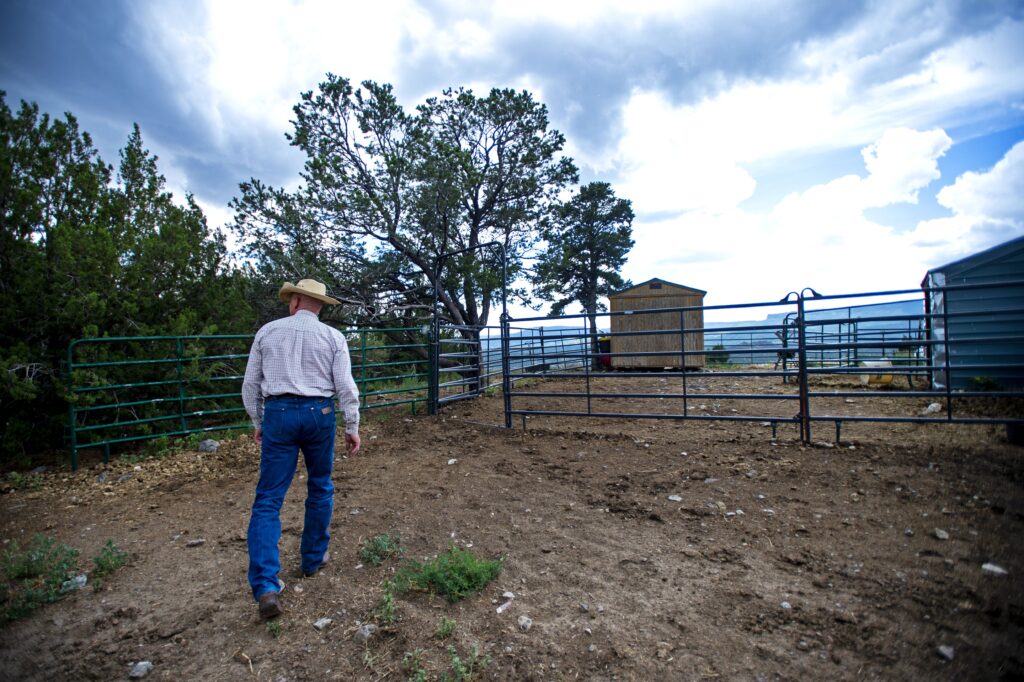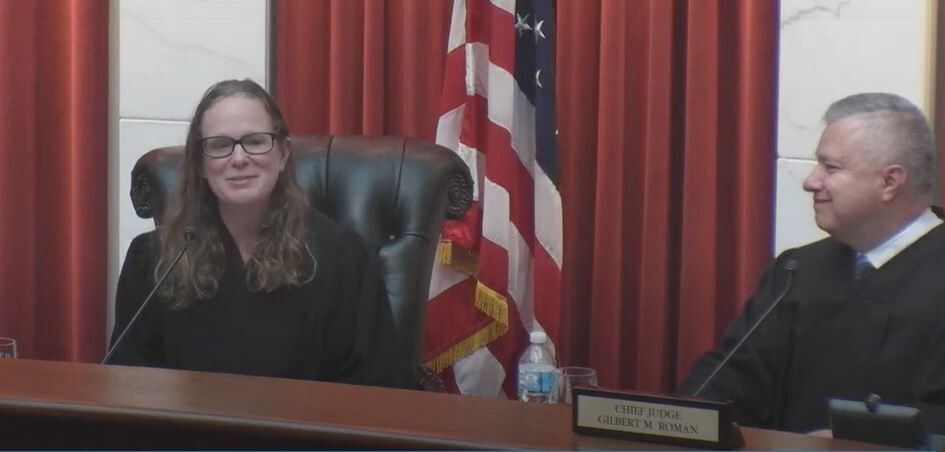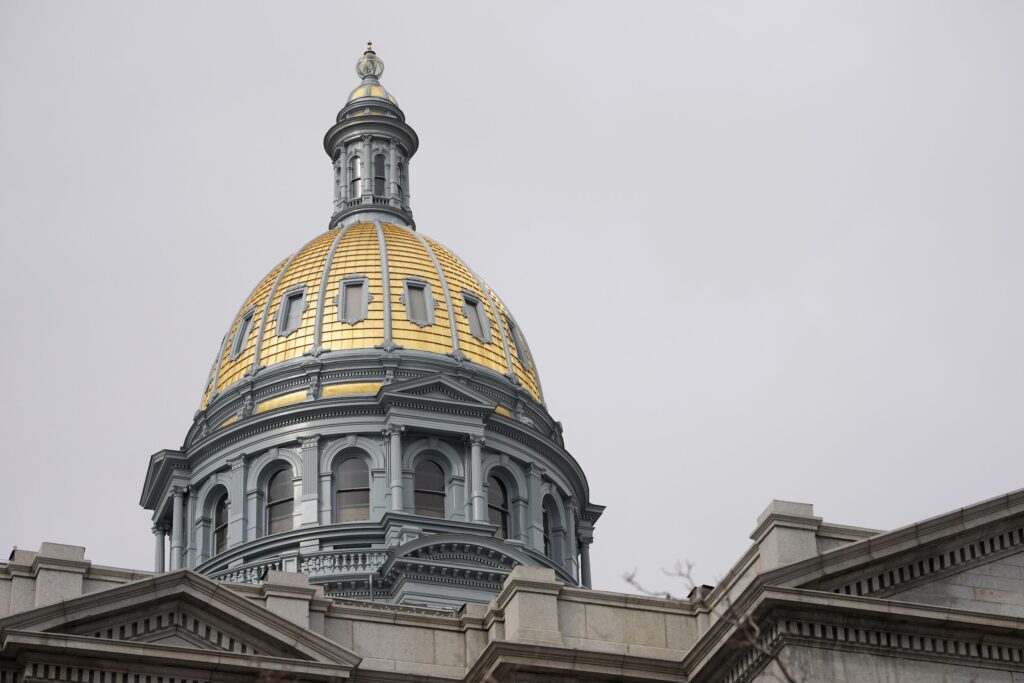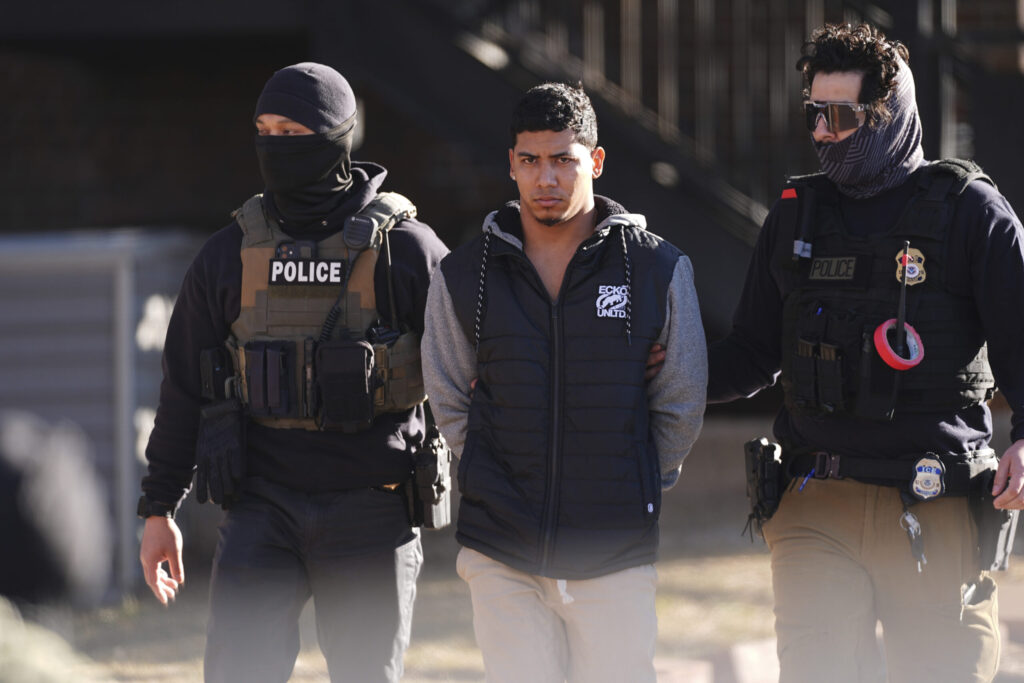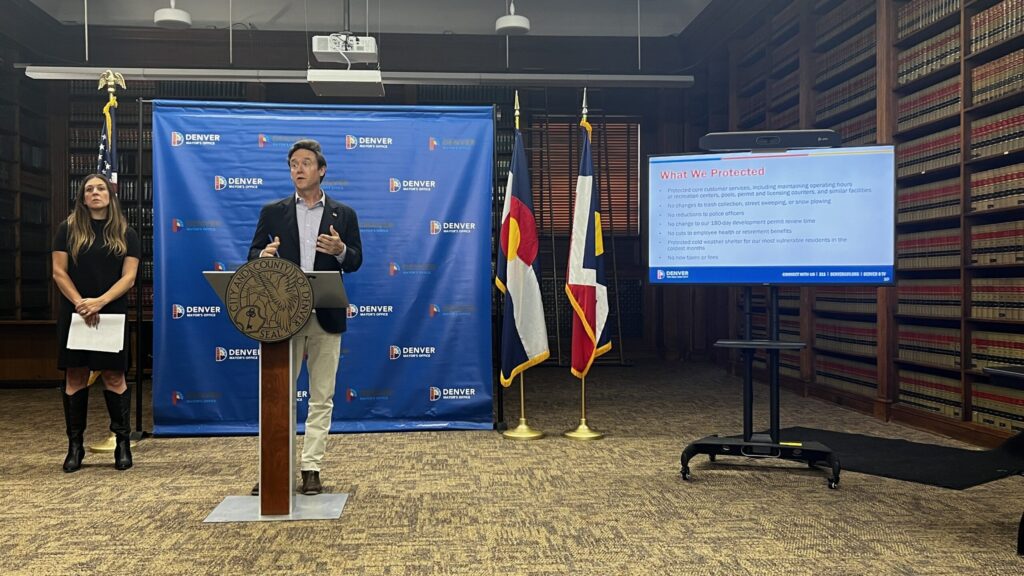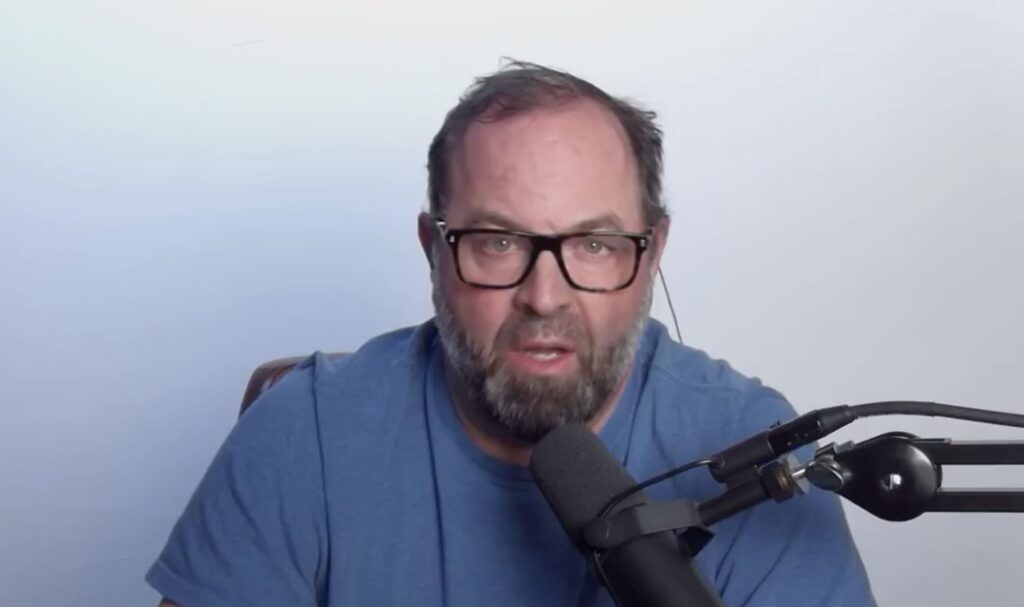YESTERYEAR: Colorado turns blue, kids vote their consciences and Norton talks bioterrorism
… Ten Years Ago this week in the Colorado Statesman … Colorado turned blue. At the Colorado Convention Center Hyatt, more than a thousand Democrats showed up to cheer the winning candidates. A famous trio of Democratic women took the stage, Senate President Joan Fitz-Gerald, House Majority Leader Rep. Alice Madden, and Democratic state party chair Pat Waak, danced to a seven-member band churning out tunes like “Jungle Boogie” and “Get Down Tonight.” Governor-elect Bill Ritter arrived on stage at 11 p.m. to a packed room. The Democrats had just taken back the U.S. House of Representatives, gained a majority in Colorado’s congressional delegation and retained control of both houses of the state Legislature. “Oh my god, this is the best night I can think of, maybe even in my entire life,” gushed state Rep. Morgan Carroll. “I am so excited about what this means for Colorado.”
The mood may have been fist-pumpingly victorious, but the message sent by many of the Democrats who won that night was distinctly conciliatory. “This is not rural versus urban, it’s not Western Slope versus Front Range. It’s not even Republicans versus Democrats,” Ritter proclaimed, “We don’t fulfill the Colorado Promise as Democrats. We fulfill the Colorado Promise as Coloradoans.” Ritter made good on that promise the very next afternoon, when he announced the appointment of Norma Anderson, a former state senator from Lakewood, to his transition committee. Also focusing on bipartisanship was the Democratic leadership in the state Legislature. House Speaker Andrew Romanoff (D-Denver) wasn’t above making a joke at the expense of the GOP (he appeared on crutches after having had foot surgery), quipping, “You should’ve seen the elephant I ran over on my way here!” But he said he intended very seriously to reach “across the aisle” during the next two years and attributed much of the Democrats’ success in that successful election to similar moves they had made since gaining the majority in 2004.
… State Rep. Bernie Buescher won reelection to House District 55 in Republican-dominant Mesa county and said his victory was “a huge relief.” Buescher withstood an attack of 527 attack ads by Trailhead Group that exceeded a cost of $250,000 to beat Republican Bob Caskey, 13,290 to 11,010 votes in a district where GOP voters outnumber Democrats 2-1. “The people of Mesa County don’t like negative advertising and we stayed positive,” Buescher said. “My numbers were better than two years ago. But I certainly was bothered about the amount of money by Denver interests, many of them to spread innuendos and lies.”
Caskey, a retired Division of Wildlife executive, blamed Democratic funded 527s and the Grand Junction Daily Sentinel for his defeat. “I think the public was cheated,” Caksey said. “The issues were never discussed because everybody just talked about the 527s. And the Daily Sentinel can’t do balanced reporting.”
While Buescher consistently denounced all the 527s that brought advertising and sent mailings into the district Caskey said he, “welcomed the support” of the ones attacking Buescher. “Bob was ill-advised to take that stand,” said outgoing state Sen. Ron Teck (R-Grand Junction). Former state Rep. Gayle Berry (R-Grand Junction) who crossed the aisle to support Buescher, said the Trailhead’s tactics didn’t work in most of the legislative contests in which it was involved. “Trailhead lost because Democrats defended their seats, but Bernie needed $220,000 to win in Mesa County. I think Bernie will get more of a pass in two years,” she said. While the Buescher-Caskey race captured the most voter and media attention, Republican Josh Penry, back from a stint as the staff director of the U.S. House Resources Subcommittee on Forests and Forest Health under the guidance of his old boss U.S. Rep. Scott McInnis, cruised to an easy victory over Dana Barker of Battlement Mesa in the Senate race to succeed Teck.
… Fifteen Years Ago … “The public health system is undoubtedly being taxed,” Executive Director of the Colorado Department of Health and Environment Jane Norton told members of the House Health, Environment, Welfare and Institutions (HEMI) committee. Norton presented an overview of the department’s preparedness and response to bioterrorism as part of a day long series of discussions about the new safety challenges that agencies are facing since the Sept. 11, 2001 terror attacks. The committee held a special hearing open to the public to determine the state’s ability to guard against chemical and biological threats, protect the water supply and respond to emergency health and safety situations. Committee chair Rep. Lauri Clapp (R-Centennial) asked for her fellow members to meet to discuss the Legislature’s role in public safety. “My goal is to answer questions, allay citizen fears and determine if there are any gaps. Our ability to assess and define Colorado’s ability to protect the health and welfare of our citizens in the face of a potential terrorist attack is critically important.” The committee met regularly to advise the governor about protecting the public and was one of five core components of Colorado’s efforts to prepare for a bioterrorism incident, Norton reported. Other measures were bioterrorism legislation sponsored in 2000 by Rep. John Witwer and Sen. Ken Arnold, which included a provision for compensating civil defense workers, giving legal immunity to hospitals and establishing preparedness requirements.
“Combined, the five major initiatives are helping the state prepare for the events of a bioterrorism attack,” Norton said. “It’s a new way of living in our communities, it means keeping aware of our surroundings.”
Clapp said that though our lives have been changes forever since Sept. 11, it is important to not be ruled by our fears and to keep the threats in perspective. “Yes we need to ask the question and analyze the what-ifs, but we also need to recognize that Colorado faces no known threat.”
… Twenty Years Ago … Kids say (and do) the darndest things. If Colorado’s youth would’ve had their way, the state’s electoral votes in the Clinton-Dole race and others would have been tossed into a different column. The 75,000 children who participated in Kids Voting in 1996 cast their ballots for President Bill Clinton (46.2 percent) over his Republican challenger, U.S. Sen. Bob Dole (41.5 percent). Their parents voted in favor of Dole by 46.9 percent. Also on the ticket was a 52-year-old U.S. Rep. Wayne Allard who won his election, although Colorado youth voted in favor instead of his challenger Democrat environmental attorney Tom Strickland (48.4 percent) despite Allard’s volley of negative ads against him. Colorado children voted for a higher number of third and independent party candidates compared to their adult counterparts. Kids Voting Colorado Executive Director Samantha Levine noted, “Partly, I think this is an indication that the students are aware that their vote isn’t real, so they are voting for the candidate they really like, unlike adults who sometimes feel a third-party candidate is a wasted vote. I also think these votes are an indication of the frustration many youth feel with the political process. They are pushing for more options.” Also on the ballot was U.S. Rep. Diana DeGette, who underwhelmed with the youth, although she won her race. Scott McInnis pulled 79.6 percent of the vote from Colorado’s youth in the 3rd Congressional District.
“Kids Voting works because it is a school and a community partnership,” said Levine. “We bring students in to the community, businesses into the schools, and increase everyone’s participation in the democratic process. Because of the program, communities with Kids Voting in place saw adult voter turnout increase by three percent on average, according to The Statesman report.


